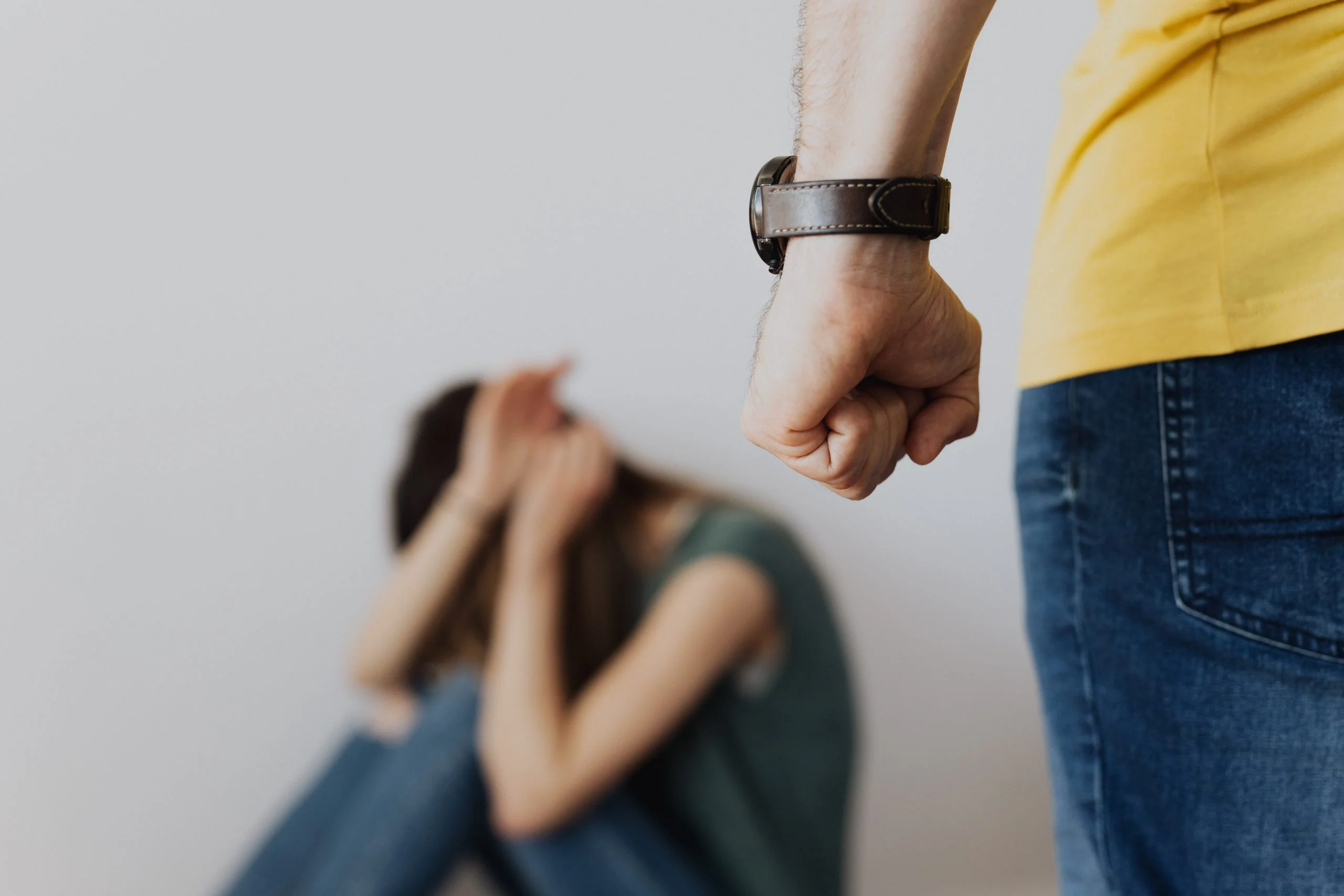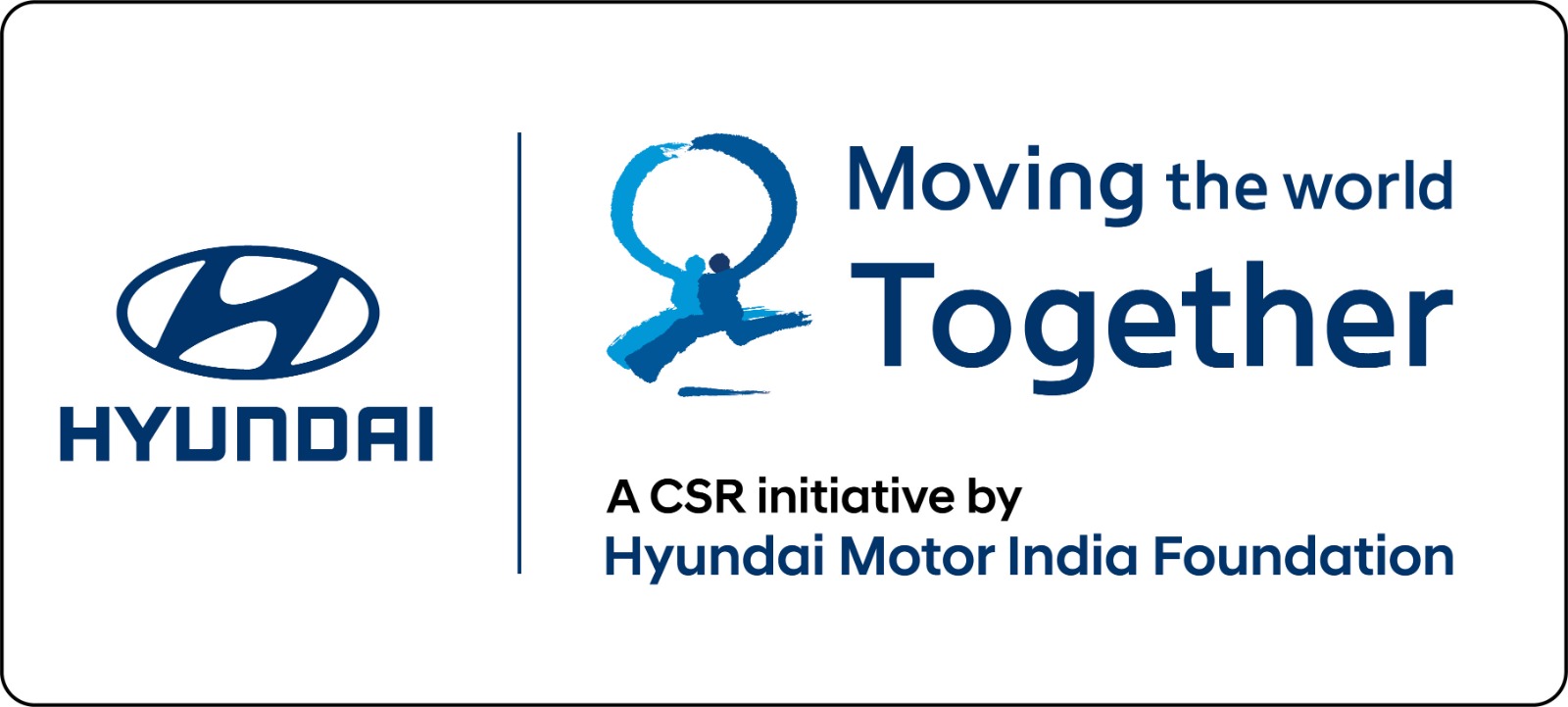In the first of a two-part series, we look at how women are still battling gender-based violence in an unequal world
Every year, on International Womens Day, we all tend to ponder about womens rights and our progress towards an egalitarian society. ?And every year, we are reminded that women are still living in a man’s world. Gender-based violence – domestic violence, rape, sexual assaults and abuse – have become a way of life for several women in India.
According to the National Family Health Survey (NFHS)-4 (2015-16), one in three women in India face some form of gender-based violence (GBV). The NFHS-5 has reported an increase in the cases of domestic violence in seven states and union territories and an increase in sexual violence among girls less than 18 years old in nine states and UTs.
Impact of Violence Against Women
The fault lines in our unequal society intensified during the COVID-19 crisis and consequent lockdown. Many women were trapped in their homes with abusive spouses and family members, which led to an exacerbation of the quantum of spousal violence faced by women.
According to an article titled, ‘Addressing domestic violence against women: An unfinished agenda’ published in the Indian Journal of Community Medicine, in India, one incident of violence translates into women losing seven working days. Besides causing physical injury, it undermines the social, economic, psychological, spiritual and emotional well-being of the victim and the society as a whole.
The economic consequences are manifold. Episodes of violence can put end or interrupt educational or career paths leading to poverty and economic dependence. Divorce or a separation may lead to poverty. For many victims, the institution of family, becomes meaningless. The article points out that the cost to individuals, to health systems and to society is enormous. Yet no other major problem of public health has been so widely ignored and so little understood.
Government’s efforts?
The Union Budget provides for financial assistance, dedicated banks, special schemes for women’s enterprises, rebates, subsidies, loans and more. These are necessary and creditable steps. But no matter how economically independent the educated, urban woman becomes or how hard rural outreach programs work at improving feminine hygiene and maternal care, the narrative always meanders back to safety or the lack of it.
Urban women are not any safer with incidences of molestations, rapes, kidnappings on the rise – be it in the office or while using public transport. If these factors can be controlled and women’s safety can be ensured, India will become a better place to live in. Think of loss to the exchequer when foreign tourists, researchers, volunteers, students etc. refrain from entering the country due to its ‘unsafe for women’ tag. Consider the indent on public monies when a chunk of it has to go for social protection schemes for battered women, financial assistance, shelter homes, rehabilitation schemes etc.
Violence against women is a violation of basic human rights. The patriarchal attitude entrenched in the society needs to be addressed. The police, lawyers — upholders of law and healthcare providers need to be sensitized about handling cased of gender-based violence. Laws and schemes are in place but GBV survivors are seldom able to avail the benefits.
Breaking the cycle of abuse will require concerted collaboration and action between governmental and non-governmental actors including educators, health-care authorities, legislators, the judiciary and the mass media. Education of both men and women will lead to change in attitudes and perceptions. It is a mammoth task and needs to be combated more strongly both by men and women with belief in justice for all citizens.
In the next part of the blog, Sasmita will be writing about the way forward for addressing the issue of Gender Based Violence.
References:
- https://yourstory.com/socialstory/2019/06/india-ranks-95-global-gender-equality-index
- Indian J Community Med. 2008 Apr; 33(2): 73-76, Addressing Domestic Violence Against Women: An Unfinished Agenda
- IOSR Journal Of Humanities And Social Science (IOSR-JHSS) Volume 20, Issue 2, Ver. III (Feb. 2015), PP 51-55
- IOSR Journal Of Humanities And Social Science (IOSR-JHSS) Volume 20, Issue 2, Ver. III (Feb. 2015), PP 51-55
Search
Categories
Recent Posts
- A brief visit to a project site in Gurugram
- How was CAF India born?
- ‘The plight of people moved me, and the heroic efforts of frontline workers inspired me to support COVID Relief work’
- 7 ways to take care of your Mental Health during the pandemic
- 5 things you must keep in mind before forwarding information on COVID












.png)

.png)

